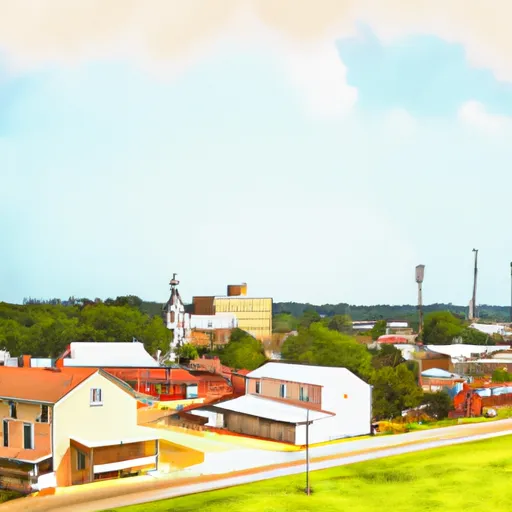°F
°F
mph
Windspeed
%
Humidity











Mount-Airy is a small community located in the state of Louisiana, known for its pleasant climate, diverse hydrology constituents, and numerous outdoor recreation opportunities. The climate in Mount-Airy is characterized as humid subtropical, with hot and humid summers and mild winters. Summers are typically long, with temperatures averaging in the high 80s°F (around 30°C), while winters are relatively mild with temperatures ranging from the 40s°F (5-10°C).
The area is rich in hydrology constituents, with several rivers and lakes surrounding the community. The Tangipahoa River flows through Mount-Airy, providing opportunities for fishing, boating, and water sports. Lake Pontchartrain and Lake Maurepas are also nearby, offering additional recreational activities such as swimming, kayaking, and paddleboarding.
Outdoor enthusiasts will find a plethora of recreational opportunities in Mount-Airy. The town is surrounded by lush forests and nature reserves, providing excellent hiking and biking trails. Tickfaw State Park is a popular destination, offering scenic trails, picnic areas, and opportunities for bird-watching. Furthermore, the nearby Lake Pontchartrain Basin offers great fishing experiences, attracting anglers from all around.
Overall, Mount-Airy, Louisiana, presents an ideal environment for outdoor activities, with its favorable climate, diverse hydrology constituents, and abundant recreational opportunities.
Weather Forecast
Mount-Airy receives approximately 1612mm of rain per year, with humidity levels near 87% and air temperatures averaging around 20°C. Mount-Airy has a plant hardyness factor of 9, meaning plants and agriculture in this region tend to thrive here all year round.
Regional Streamflow Levels
866
Cubic Feet Per Second
14,900
Cubic Feet Per Second
26
Cubic Feet Per Second
459
Cubic Feet Per Second
Nearby Camping
| Camping Area | Reservations | Toilets | Showers |
|---|---|---|---|
| Percy Quin State Park | |||
| Tickfaw State Park | |||
| Little Sunflower River | |||
| South Recreation Composite | |||
| North Rec Composite | |||
| Klondike County Park |



